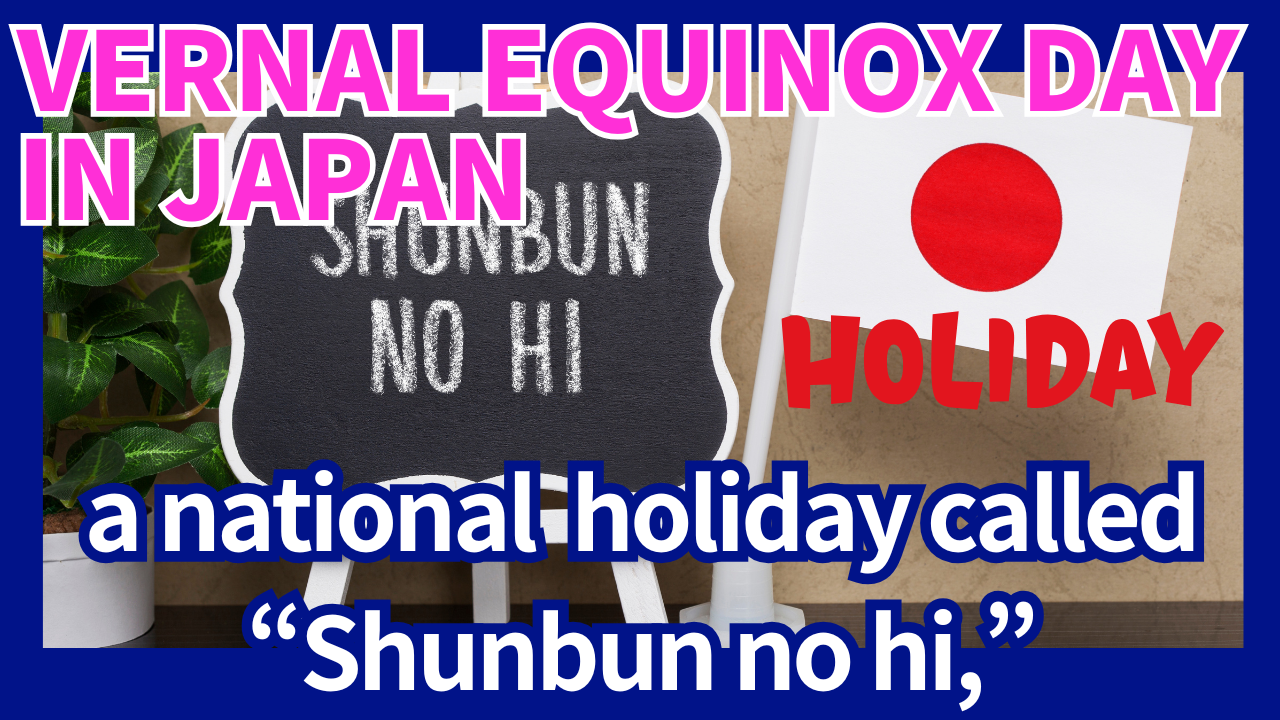Hello, everyone, and welcome to my channel. In today’s video, I’d like to share something special about Japanese culture: a national holiday called “Shunbun-no-hi,” or Vernal Equinox Day.
You might have heard the term before, but perhaps you’re not entirely sure what it’s all about. So let’s dive right in and explore its meaning, history, and how people in Japan generally spend this day.
What Is Shunbun-no-hi?
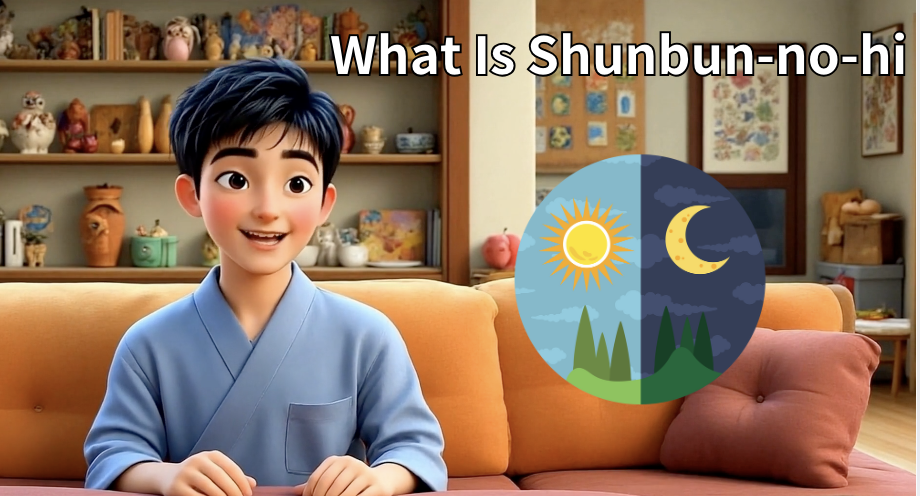
First, let’s clarify what Shunbun-no-hi actually is. It occurs around March 20th every year, marking the point when day and night are nearly equal in length.
In Japan, it’s recognized as a public holiday. Legally speaking, it’s referred to as a day for “admiring nature and cherishing living things,” which might sound formal at first glance, but the real idea behind it is simply to celebrate the arrival of spring and to remember our connection to the natural world.
Historical Background

Historically, the Japanese have always been mindful of the changing seasons.
Agriculture, especially rice farming, was a major part of daily life in ancient times, so people closely followed the movements of the sun and the transitions in the lunar calendar.
As a result, the equinoxes—both the spring and fall—were seen as significant turning points in the year. Over time, and particularly as modern public holidays were established, the spring equinox became codified as Shunbun-no-hi, a day set aside to appreciate nature and respect the cycle of life.
The Connection to Ohigan
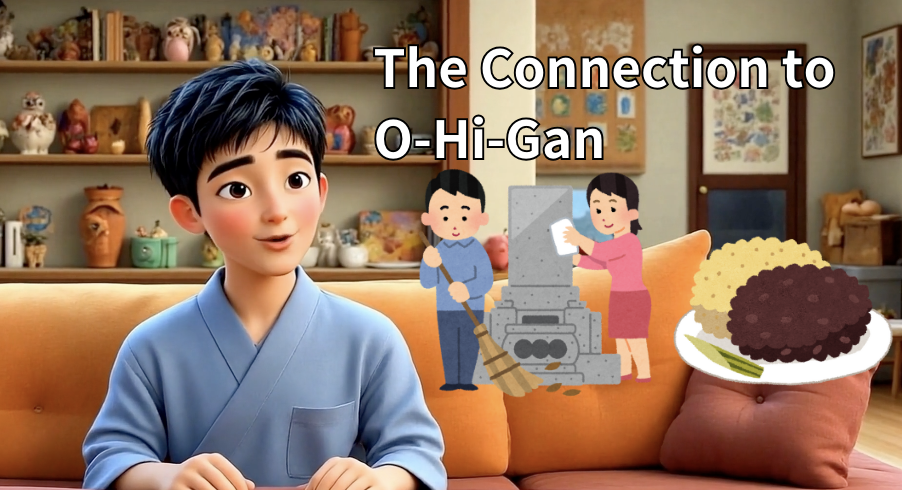
Another key aspect of Shunbun-no-hi is its link to a Japanese tradition known as ohigan.
Ohigan refers to two periods each year, one in spring and one in autumn, each centered around the respective equinox. Specifically, ohigan in spring includes Shunbun-no-hi right in the middle, and traditionally spans a few days before and after.
During these days, many Japanese families visit the graves of their ancestors to clean and decorate them, and to offer prayers.
It might surprise you if you’re coming from a culture where cemetery visits are less common, but in Japan, there’s a strong sense of honoring familial roots at this time.
In addition, it’s very common to eat a sweet treat called botamochi in spring and something nearly identical called ohagi in autumn.
Both are essentially sweet rice cakes covered in azuki bean paste, but the naming changes by season, reflecting a connection to flowers.
How People Spend Shunbun-no-hi
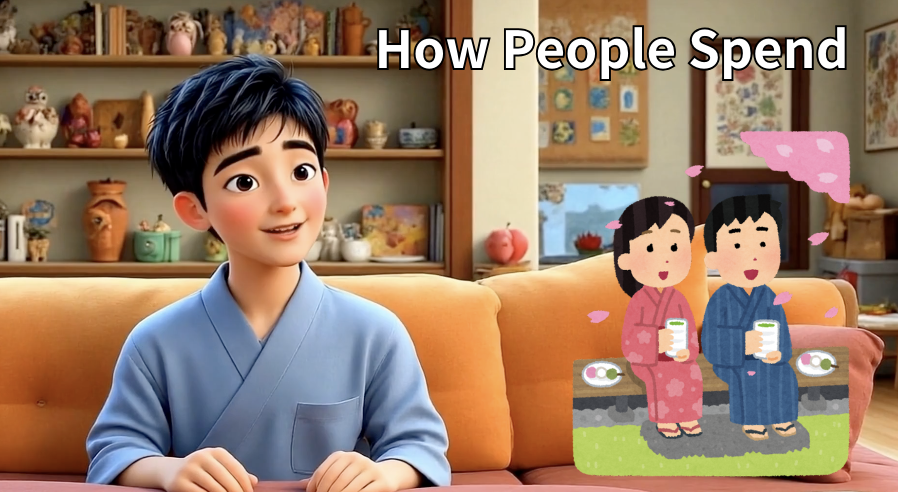
In practical terms, how do people spend Shunbun-no-hi?
Many use the day off to visit family, especially if they have to travel from big cities back to their hometowns for ohigan.
Others might simply take advantage of the holiday to enjoy the warming weather, though Shunbun-no-hi is not typically associated with a large public festival or major national event in the same way that cherry blossom season or other spring festivities are.
You may find small local events at temples or shrines, and sometimes museums or galleries kick off their spring exhibitions around this date. Overall, it’s a calm, reflective holiday for most.
Common Questions
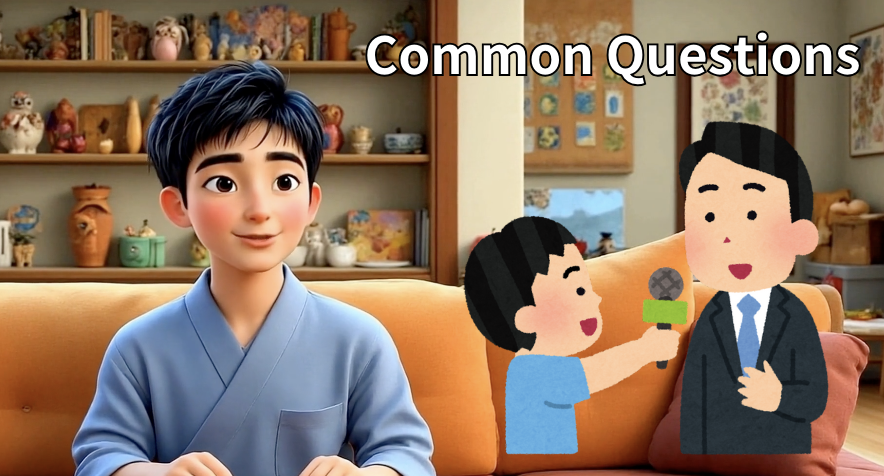
Another common question is how the actual date is decided. Since it depends on the astronomical alignment of the sun and the Earth, Shunbun-no-hi can fall on March 20th or March 21st, and the precise date is calculated each year by the National Astronomical Observatory of Japan.
Then it’s officially announced in advance for the public to know. People also ask how Shunbun-no-hi differs from Shuubun no Hi, the Autumnal Equinox Day.
Essentially, they’re both moments when day and night lengths are in balance, and each is associated with ohigan.
In autumn, people tend to eat ohagi, which is basically the same as botamochi, and they may also focus on the harvest season and fall festivals.
But the underlying idea—taking a moment to appreciate nature and honor ancestors—remains constant for both.
Conclusion and Further Resources

So, to sum up what makes Shunbun-no-hi special: it signals the return of longer days, highlights the symbolic idea of renewal and new beginnings, includes an age-old tradition of paying respects to one’s ancestors, and offers a simple way to pause and reflect on the natural world.
Even if some modern Japanese people don’t observe all of the customs as strictly as in the past, the day itself is deeply rooted in the cultural calendar.
If you happen to be in Japan during this period, it’s a wonderful chance to learn about these traditions firsthand. Perhaps you’ll visit a local temple, observe how people clean and decorate family graves, or sample some botamochi.
All of these activities paint a picture of a quieter, more reflective side of spring in Japan.
For now, I hope this overview of Shunbun-no-hi helps you appreciate the depth and history behind this unique national holiday.
If you found this helpful or have any personal stories to share, feel free to leave a comment below.
Don’t forget to subscribe and hit the like button if you enjoyed this video, and stay tuned for more insights into Japanese culture and traditions.
Thanks so much for watching, and I’ll see you next time. Take care and happy spring!
